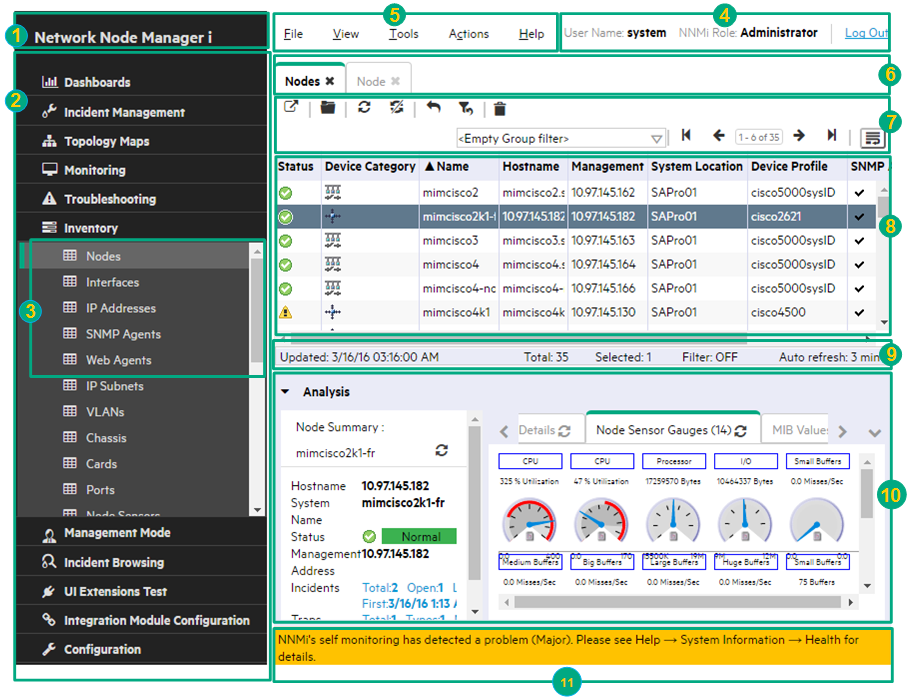Searching the Help
To search for information in the Help, type a word or phrase in the Search box. When you enter a group of words, OR is inferred. You can use Boolean operators to refine your search.
Results returned are case insensitive. However, results ranking takes case into account and assigns higher scores to case matches. Therefore, a search for "cats" followed by a search for "Cats" would return the same number of Help topics, but the order in which the topics are listed would be different.
| Search for | Example | Results |
|---|---|---|
| A single word | cat
|
Topics that contain the word "cat". You will also find its grammatical variations, such as "cats". |
|
A phrase. You can specify that the search results contain a specific phrase. |
"cat food" (quotation marks) |
Topics that contain the literal phrase "cat food" and all its grammatical variations. Without the quotation marks, the query is equivalent to specifying an OR operator, which finds topics with one of the individual words instead of the phrase. |
| Search for | Operator | Example |
|---|---|---|
|
Two or more words in the same topic |
|
|
| Either word in a topic |
|
|
| Topics that do not contain a specific word or phrase |
|
|
| Topics that contain one string and do not contain another | ^ (caret) |
cat ^ mouse
|
| A combination of search types | ( ) parentheses |
|
About the NNMi Console
The NNMi console is the graphical user interface for your NNMi application. The main features of the console are shown in the following diagram and explained in the table below.

When using the NNMi console, note the following:
- If you are using Microsoft Internet Explorer as your browser, you can sign into multiple NNMi sessions on the NNMi server if you use a different user name for each browser session.
- If you are using Mozilla Firefox as your browser, you can only sign into a single NNMi session on each NNMi server (for example, the Global NNMi server and each Regional NNMi server).
- You can bookmark the URL for the NNMi console.
-
By default, NNMi displays menus, views, and workspaces that require an additional license. If your NNMi server does not have the required license, NNMi adds the word
UnlicensedorEvaluation(caused by the License TypeInstant-OnorTemporary) to the end of the menu item name or view title.The NNMi Administrator can configure the User Interface to hide
UnlicensedorEvaluationfeatures.
We welcome your comments!
To open the configured email client on this computer, open an email window.
Otherwise, copy the information below to a web mail client, and send this email to network-management-doc-feedback@hpe.com.
Help Topic ID:
Product:
Topic Title:
Feedback:





